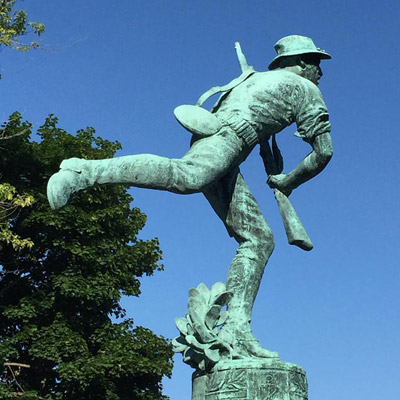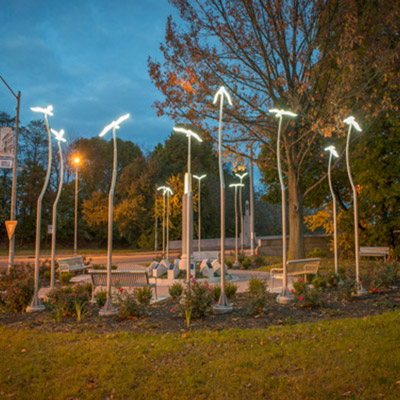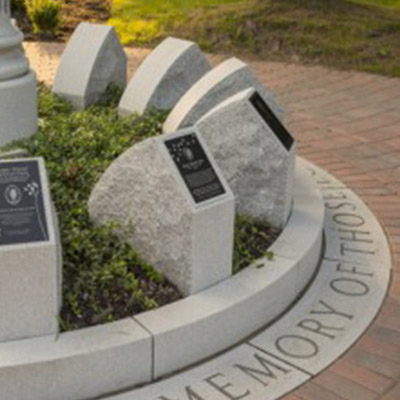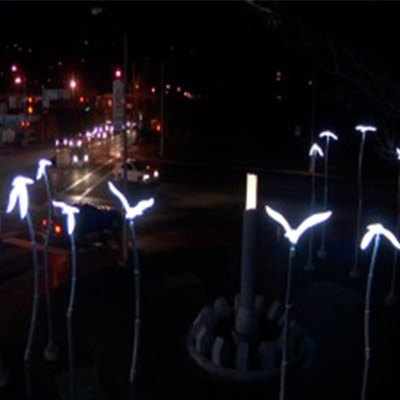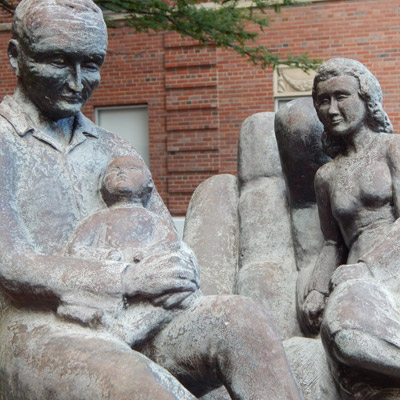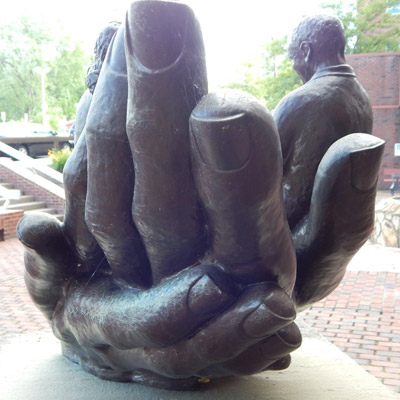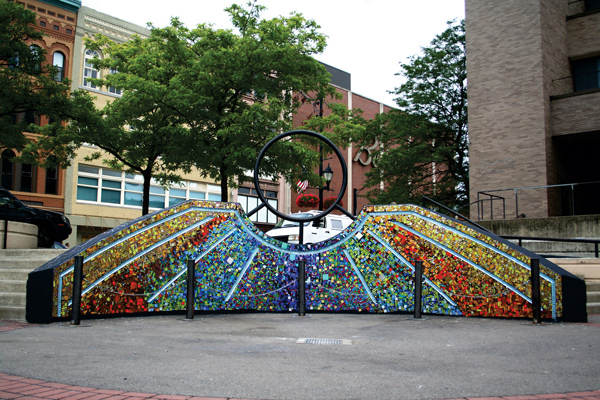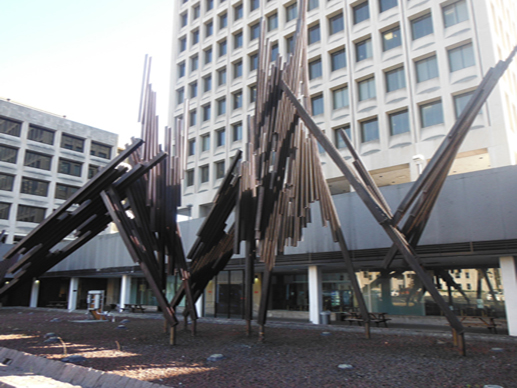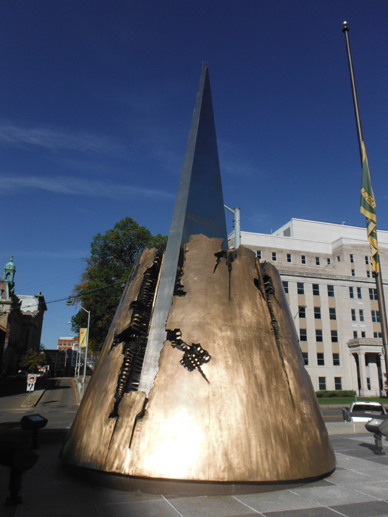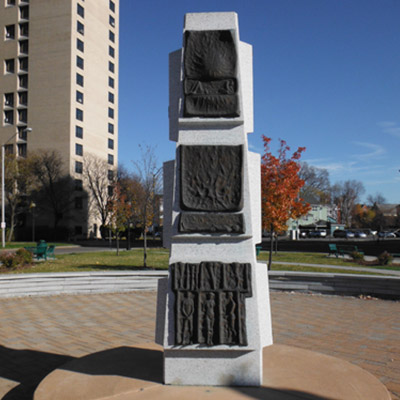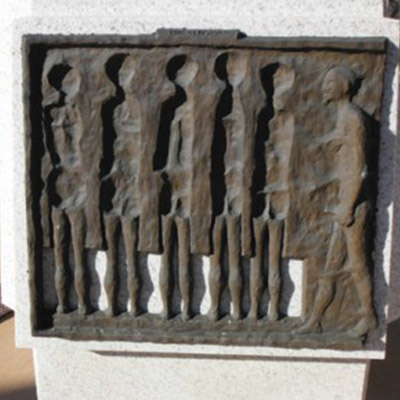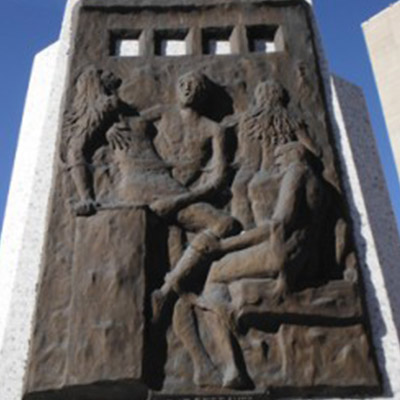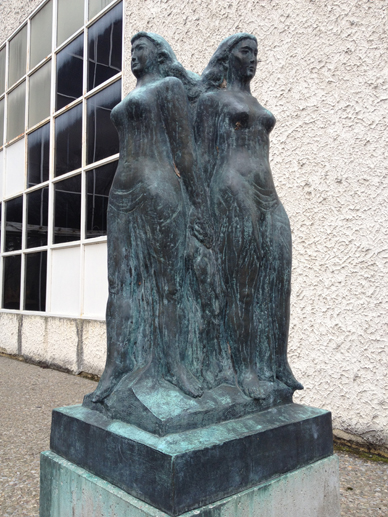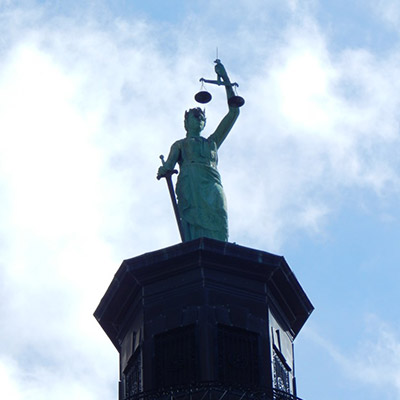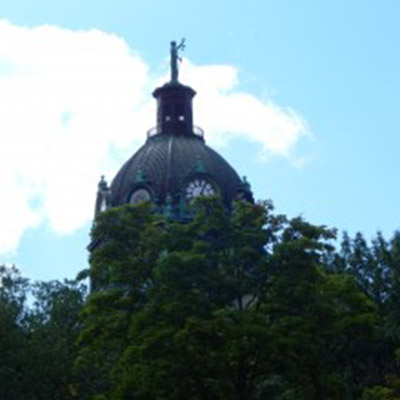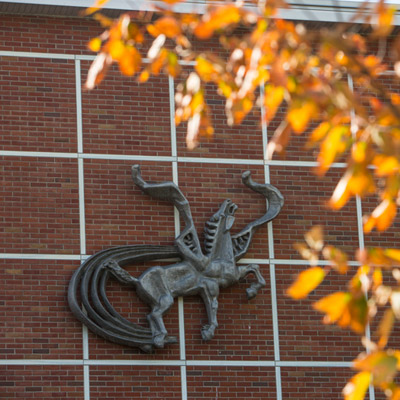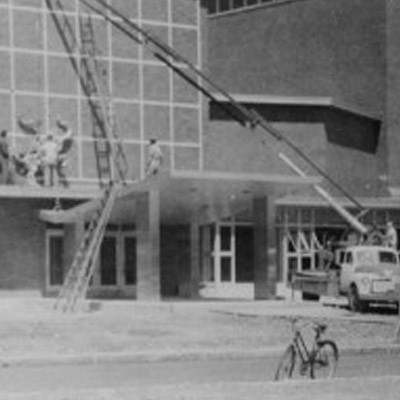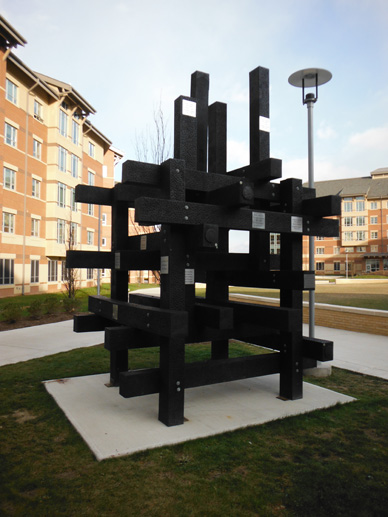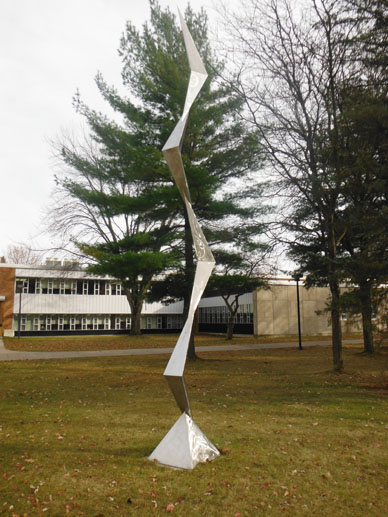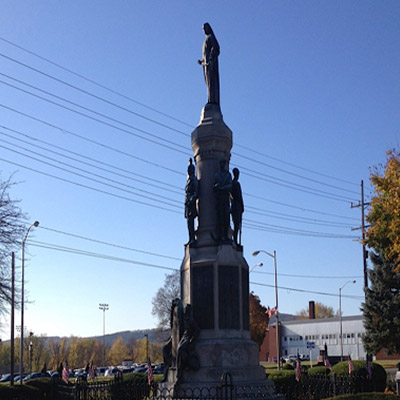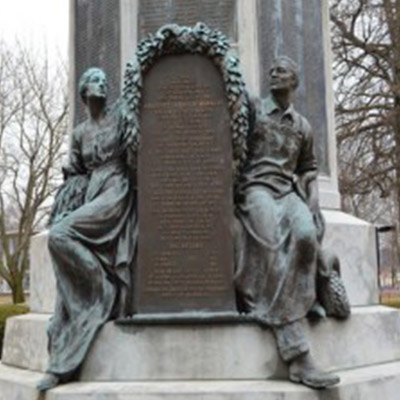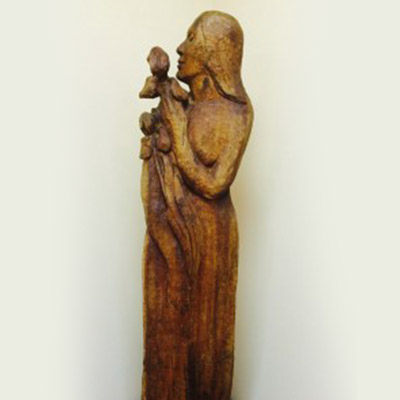The question asked by the audience at Basically Bach Ensemble’s spring concert was, “When is the chorus going to sing?” On Nov. 24, at the fall concert, the question was “Where is the chorus?” for, as conductor Fitzroy Stewart and soloists Ghislaine Stewart, Hilerie Klein Rensi, James Gleason and Randolph Messing joined the 22-member chamber orchestra, the 25 chorus chairs in St. Ambrose Church’s chancel remained empty.
Click “Read the rest of this story” to find out where the chorus went and why.
Concerts twice a year by the Basically Bach Ensemble (BBE), now in its fourth season, feature two works, one always a cantata by J.S. Bach, chosen for the Advent-Christmas or Lent-Easter liturgical season. Some of these are lesser known works, at least in this country.
This past spring’s Bach Easter Oratorio BWV 249 was unusual in that it comprised 11 sections, the first 10 of which are all performed by soloists and orchestra in various combinations. Uncharacteristically, the cantata contained no chorale at all, but ended with the chorus finally singing “Preis und Dank” (“Praise and thanks”).
This fall’s cantata, BWV 132 — “Bereitet die Wege, bereitet die Bahn” (“Prepare the ways, prepare the path”) — dating from 1715, was written for four soloists and instruments. The congregation may have joined the soloists in singing the concluding chorale (with the original lost to history, a chorale from BWV 22 was substituted here), as Bach used familiar tunes as the basis for his chorales.
In his introductory remarks at Tuesday’s concert, Stewart suggested that, if people were to close their eyes during the last section, they might just be able to hear echoes of a congregation singing as it might have sounded in the time of Bach.
And so it was. During intermission, the gentleman sitting next to my wife said, “That was amazing! In that last section, it really sounded like there were more than four voices singing!” “There were,” my wife confirmed, and then revealed what the gentleman had not noticed but had heard. For the BBE chorus had not been absent, but scattered, in an artistic experiment, in four groups amidst the congregation. And the sound, my wife said, really seemed to come from all directions and fill the sanctuary.
Soprano Jean Miller Goodheart joined the other soloists and the chorus took their usual seats to perform W.A. Mozart’s so-called “Great Mass” in C-minor KV 427. This work is incomplete, missing half of the Credo and lacking entirely the Agnus Dei. The long and demanding canons in the parts we do have suggest the completed work might have rivaled the Bach B-minor Mass or the Beethoven Missa Solemnis.
The audience of about 150 well appreciated the effort, springing almost immediately to their feet at the concert’s conclusion. Stewart regarded the Mozart as a major undertaking for the BBE and felt a real sense of accomplishment in its realization.
St. Ambrose Church in Endicott has warmly embraced the BBE as a part of its music ministry to the community as well as to the parish. For many in the ensemble, and particularly music director Stewart, these concerts also are personal expressions of their own spirituality.
— Dave Schriber, CyberBassDave and a memberof the BBE

